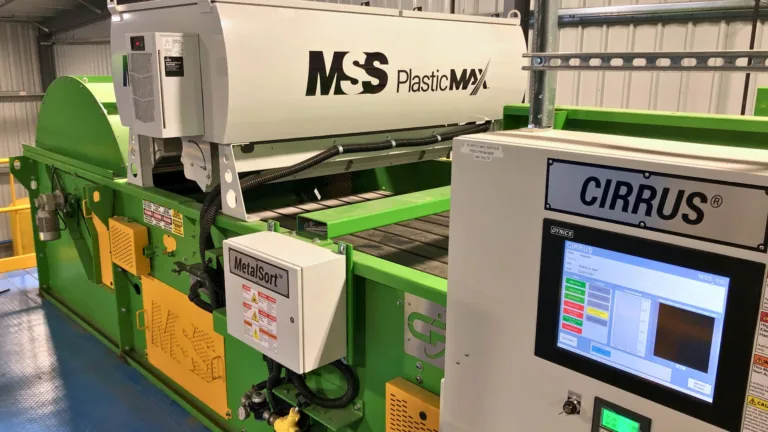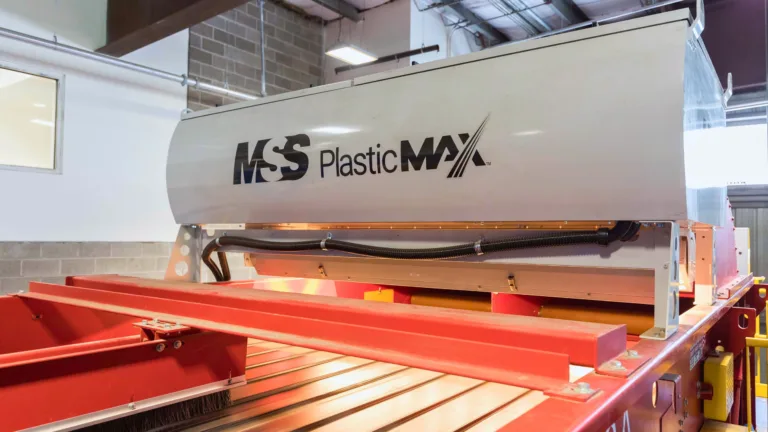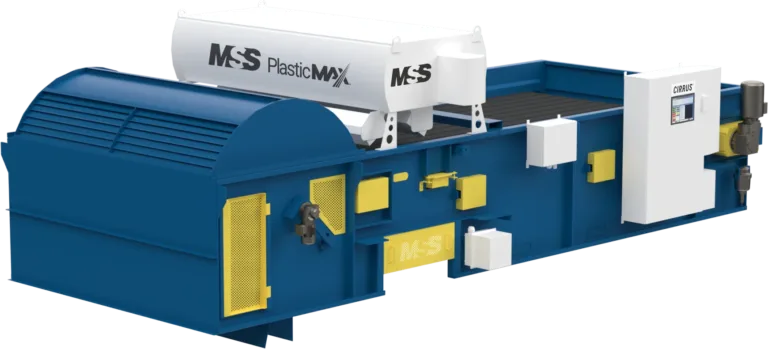PlasticMax™
Best In-Class Optical Sorter
Our CIRRUS PlasticMax™ provides the most accurate separation of plastics in MRFs and PRFs, as well as C&D, C&D and MSW facilities.
Our CIRRUS PlasticMax™ provides the most accurate separation of plastics in MRFs and PRFs, as well as C&D, C&D and MSW facilities.

Using advanced algorithms and high-resolution NIR, color, and metal sensors, it analyzes objects to detect challenging materials like fully sleeved bottles and short fills. MaxSelect™ technology optimizes scan rates and wavelengths up to 2,500nm, while ClearLight™ ensures the highest signal-to-noise ratio without grating or beam splitters.

This innovation enhances sorting efficiency and accuracy, making PlasticMax™ a leading solution in advanced sorting technologies. In a 2016 independent study, PurePlasticMax™ outperformed five competitors, achieving the highest sorting performance in identifying PET bottles of various colors obscured by partially or fully sleeved labels.
